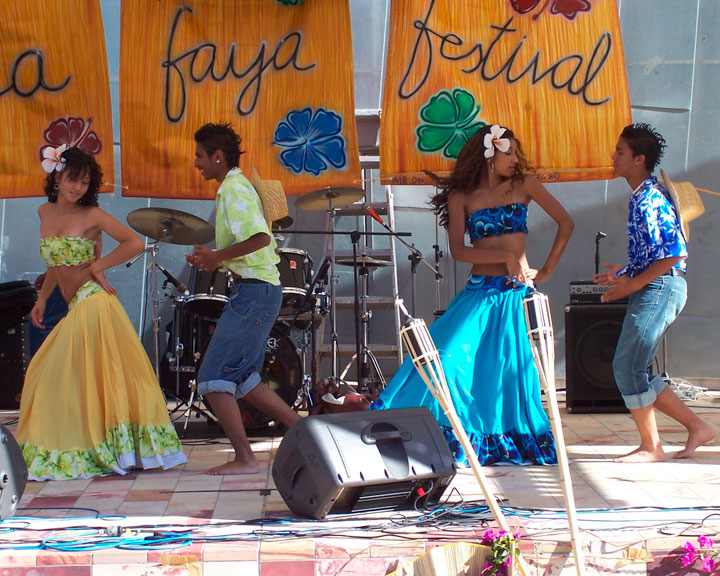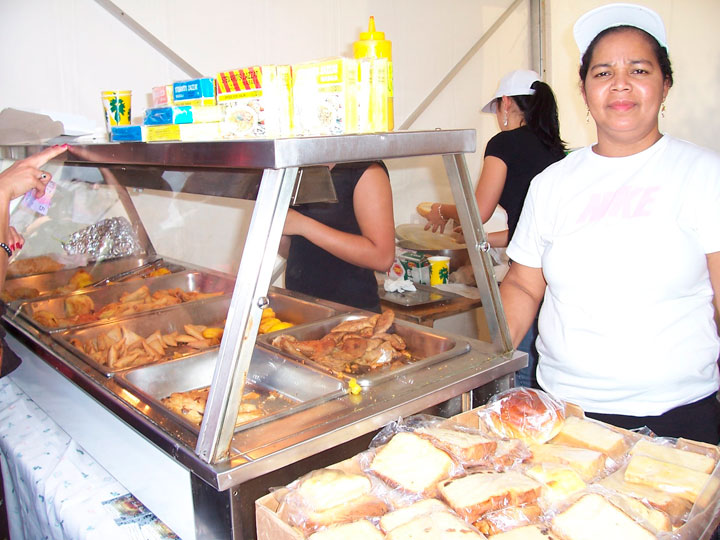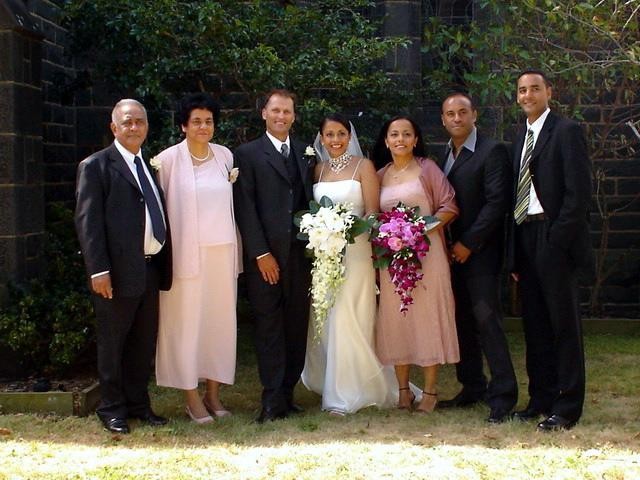Immigration History from Mauritius (French) to Victoria
Au début des années 1800, l’Australie établit des relations commerciales durables avec l’île Maurice, fondées sur l’importation du sucre mauricien. Les négociants et les marins mauriciens et leurs familles commencèrent à s’installer en Australie, et des navires marchands amenèrent des bagnards mauriciens avec leur cargaison. Les liens entre Maurice et l’Australie étaient renforcés par l’Église catholique d’Australie, administrée depuis Maurice entre 1820 et 1834.
Parmi les premiers colons mauriciens figurait Marie Émilie Blanchard, qui arriva en 1829 et épousa Frederick Manton, le constructeur du premier bateau à vapeur de Melbourne.
Les ruées vers l’or du Victoria des années 1850 virent l’arrivée de sociétés mauriciennes parfaitement organisées. Cependant, nombre de ces chercheurs d’or ne tardèrent pas à rentrer chez eux, après un médiocre succès sur les champs aurifères. À la fin du 19e siècle, l’affaiblissement de l’industrie sucrière mauricienne causa l’installation de « travailleurs du sucre » mauriciens en Australie et contribua notablement à l’établissement de l’industrie sucrière dans le Queensland. Dans le Victoria, la population atteignit 288 en 1891.
Après la création de la Fédération en 1901, la population mauricienne en Australie déclina, et en 1947 seuls 59 habitants du Victoria étaient natifs de Maurice. Cette tendance s’inversa après-guerre, et l’immigration en provenance de Maurice atteignit son apogée à la fin des années 1960, coïncidant avec la déclaration d’indépendance du pays en 1968. Dès 1971, le Victoria comptait le plus grand nombre d’immigrants nés à Maurice de toute l’Australie, soit 3 791 personnes. Leur population continua de croître jusqu’au début des années 1990.
En 2011, le Victoria avait toujours la plus grande communauté née à Maurice de toute l’Australie, avec 11600 membres. Cette population principalement francophone et catholique est installée à Hampton Park, Noble Park, Endeavour Hills, Narre Warren et Dandenong. Parmi les personnes actives, 52 % travaillent comme employés de bureau, dans la vente ou dans les services et 28 % exercent une profession libérale. Même si de nombreux Mauriciens participent aux activités de la communauté française au sens large, ils possèdent également leur propre identité distincte, au creuset des cultures africaine, malgache, indienne, chinoise et française.


